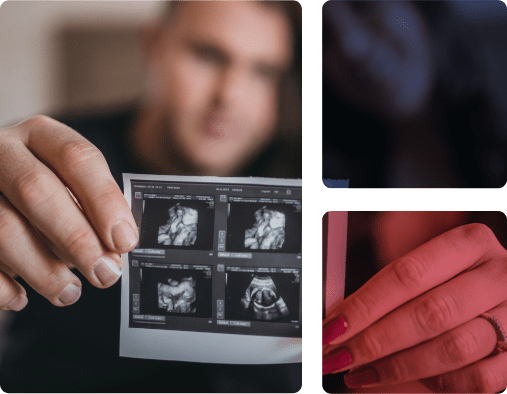Good evening friend. Last week has been spent really contemplating this one surgery that we performed at Mayflower. The kind that only comes once in a long time, and even then demands that we be just as prepared for it. Today’s edition is about thoracic endometriosis—extra-pelvic involvement of endometriosis that reaches all the way up to the diaphragm, lungs, and chest cavity. While endometriosis most commonly affects pelvic organs, thoracic involvement is the most frequent extra-pelvic location, affecting up to 56-84% of women with pelvic endometriosis when evaluated thoroughly. Yet it’s rarely diagnosed. Why? Because symptoms like catamenial pneumothorax (lung collapse during menstruation), right-sided chest pain, or cyclic shoulder pain get misdiagnosed as asthma, musculoskeletal problems, or spontaneous pneumothorax with “no apparent cause.” Today, we’re pulling back the curtain on this complex, multidisciplinary surgery—how we identify diaphragmatic endometriosis, why it spreads beyond the pelvis, and the precise surgical techniques required to excise it completely. For patients experiencing chest pain, breathing difficulties, or shoulder pain during your period: this might finally explain what doctors have been missing. Read more



